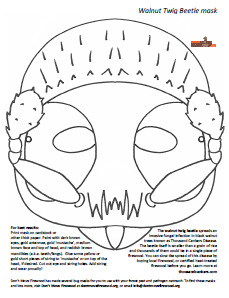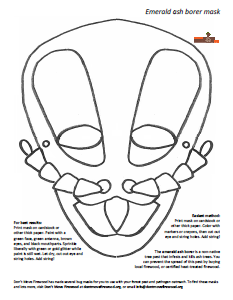Guest blog authored by Jessica Simons, Southeast Michigan Resource Conservation and Development Council
Thanks to the tireless work of so many organizations and agencies, the phrase “Don’t Move Firewood” is an increasingly common refrain among campers and outdoors enthusiasts. However, this message often brings about an immediate follow-up question: “So, where should I get it?”
Michigan developed a unique response to that problem in 2012, when the Southeast Michigan Resource Conservation and Development Council (SEMIRCD) launched Firewood Scout (https://firewoodscout.org) through support from the USDA Forest Service. This website holds a basic directory of Michigan’s firewood vendors that is searchable via the Google maps platform, encouraging both desktop, laptop, tablet and mobile users to find local sources for firewood before they travel. In the site’s first few years of operation, it proved to be a simple, user-friendly, and cost-effective method for providing important information that can help empower customers to make better decisions regarding firewood.
image: Firewood Scout front page, Michigan only (2012 through early 2015 version)
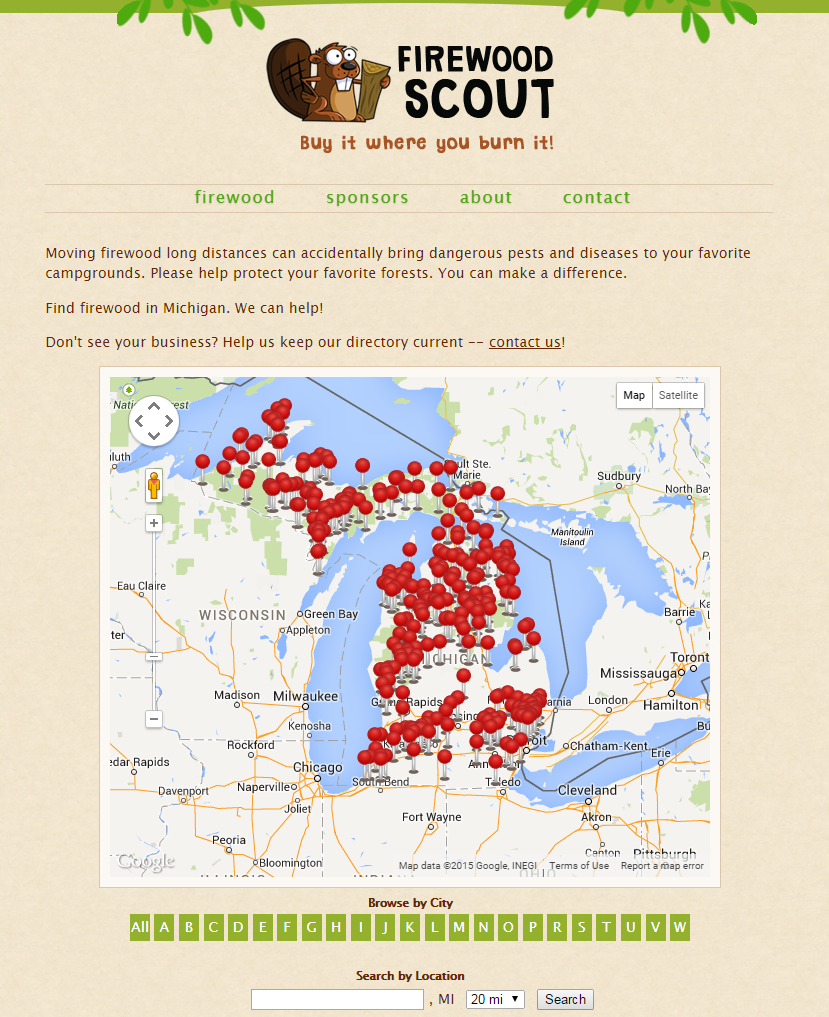
As interest in this model grew nationwide, the staff at Don’t Move Firewood approached the SEMIRCD to propose a new version of firewood scout that could expand to include other geographies that were calling out for a similar resource. With support from both the Forest Health Protection Program of The Nature Conservancy, and the Tennessee Chapter of The Nature Conservancy, a small Firewood Scout working group was formed in 2014 and has provided essential resources to expand the site to a national level. Three states – California, Tennessee, and Wisconsin – have already been identified as pilot states for the newly-redesigned site and will be included in Firewood Scout in advance of the summer recreational season. Additional partner states will be recruited later in the year via the following general criteria: willingness to participate, ability to commit in-state staff time for startup and database management time, presence of a central body to garner support from multiple parties (i.e. state invasives species council or similar stakeholder group), and demonstrated long term commitment in curbing the movement of forest pests via the firewood vector in that state.
image: Firewood Scout front page, National version (launching February 2015!)
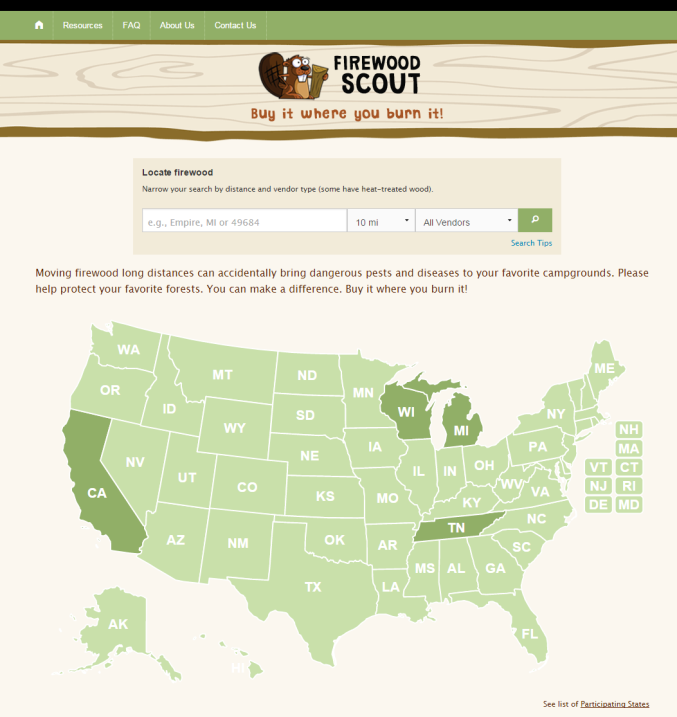
For more information about Firewood Scout, please contact Jessica Simons, with the Southeast Michigan RC&D Council at 517-851-2372 or jessica.simons@semircd.org.




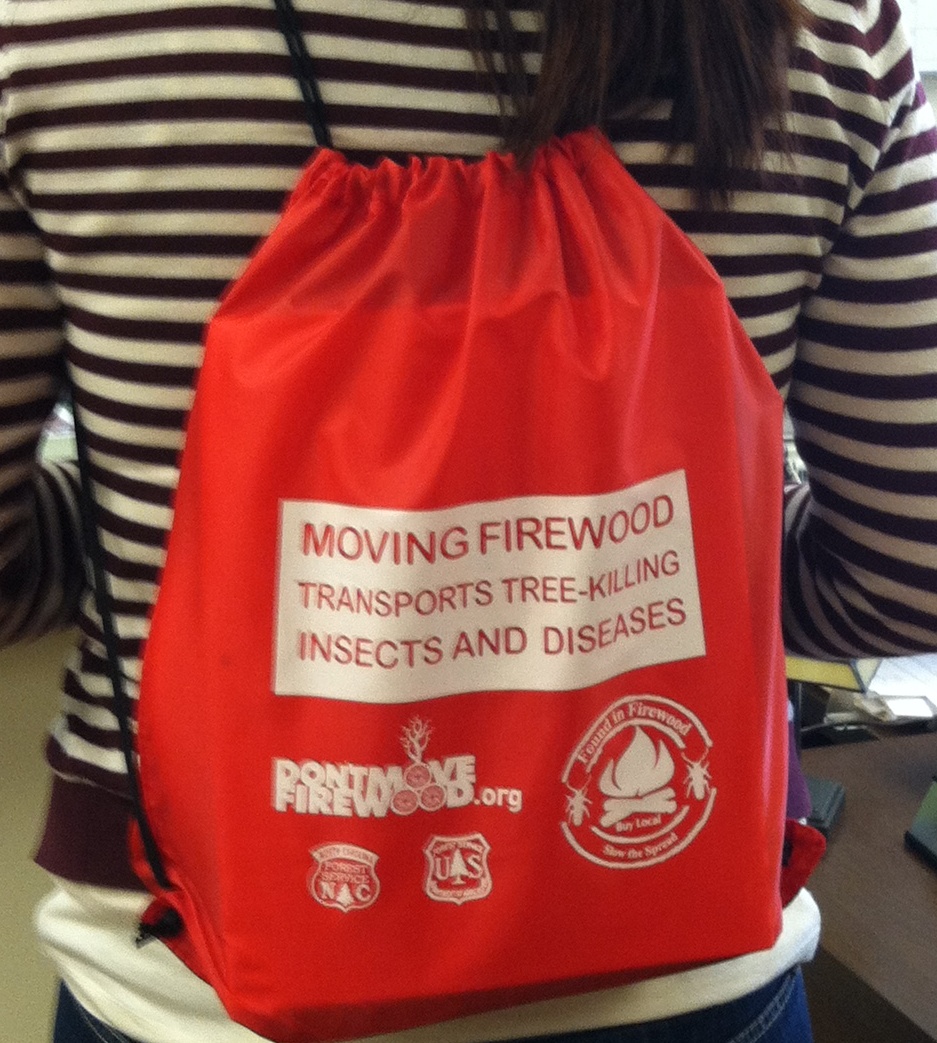
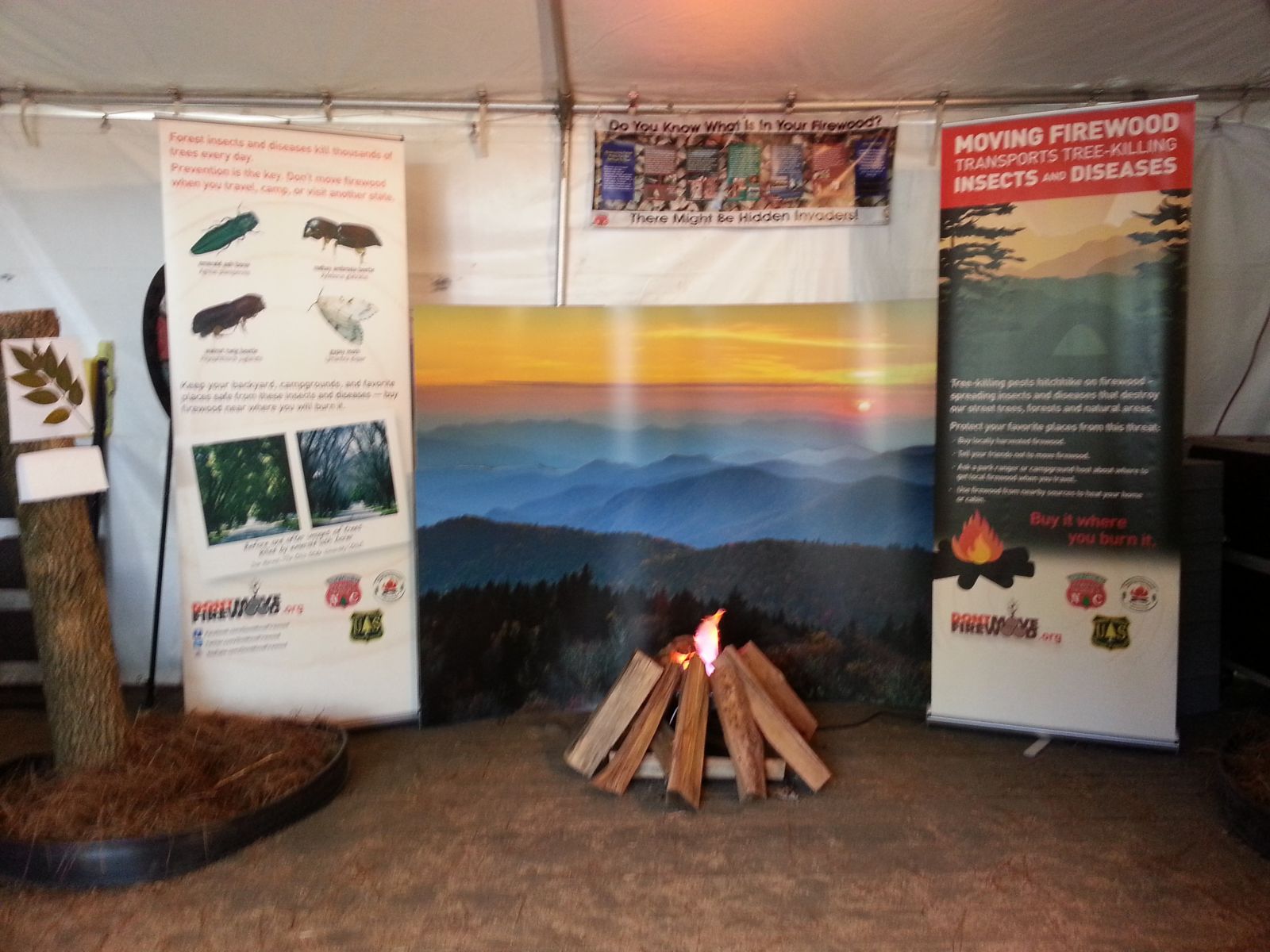
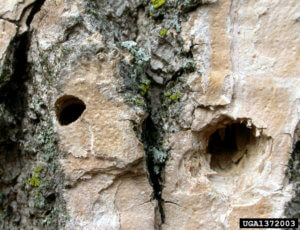
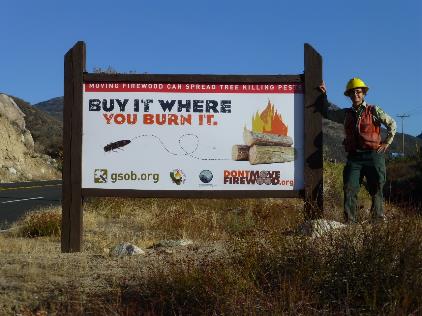
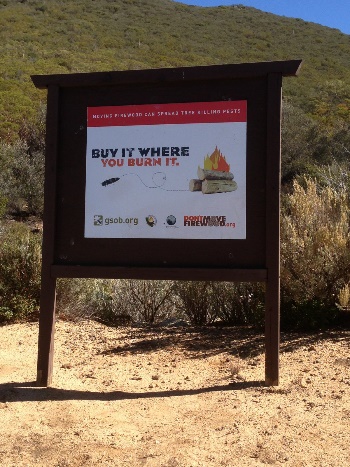
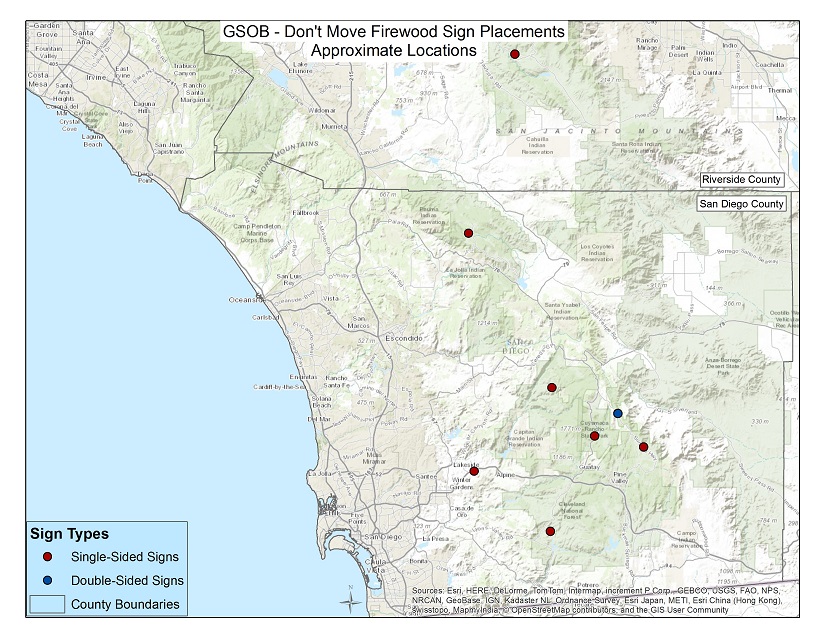
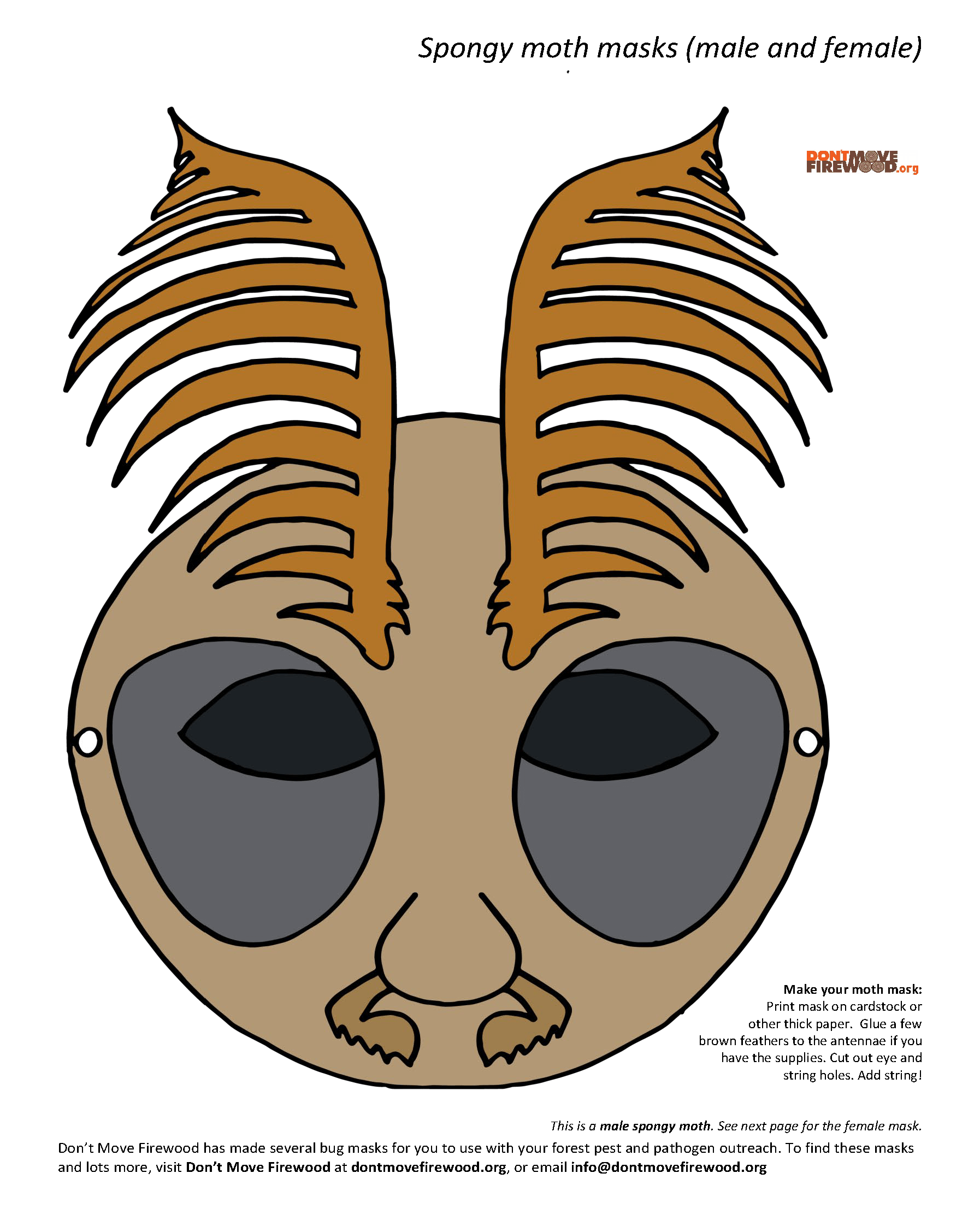
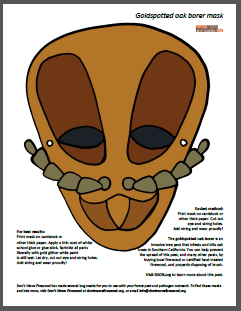
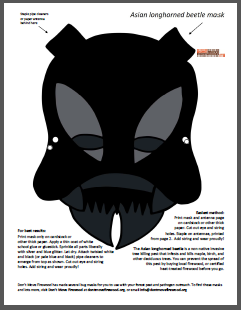
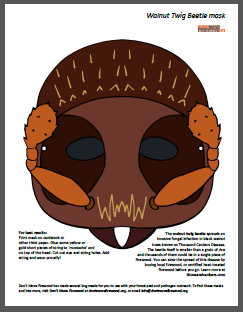
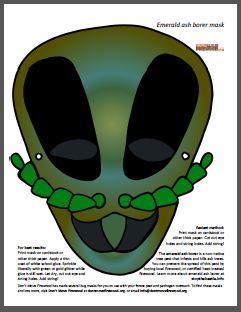
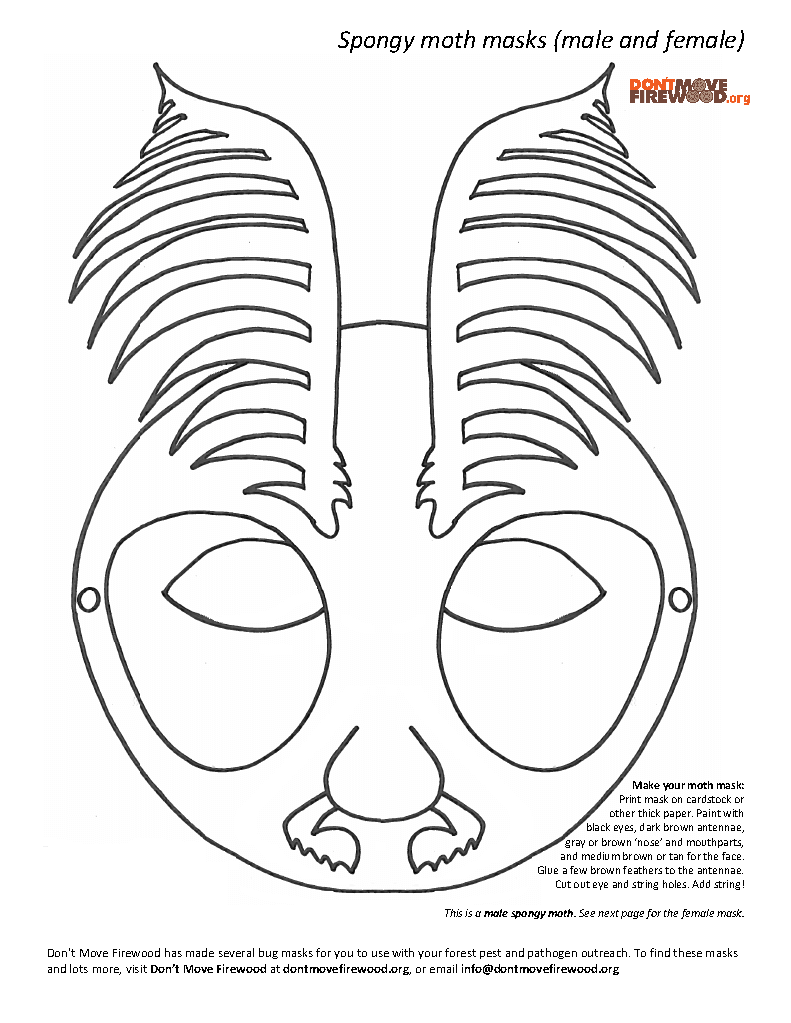
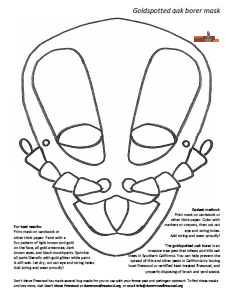
.png)
